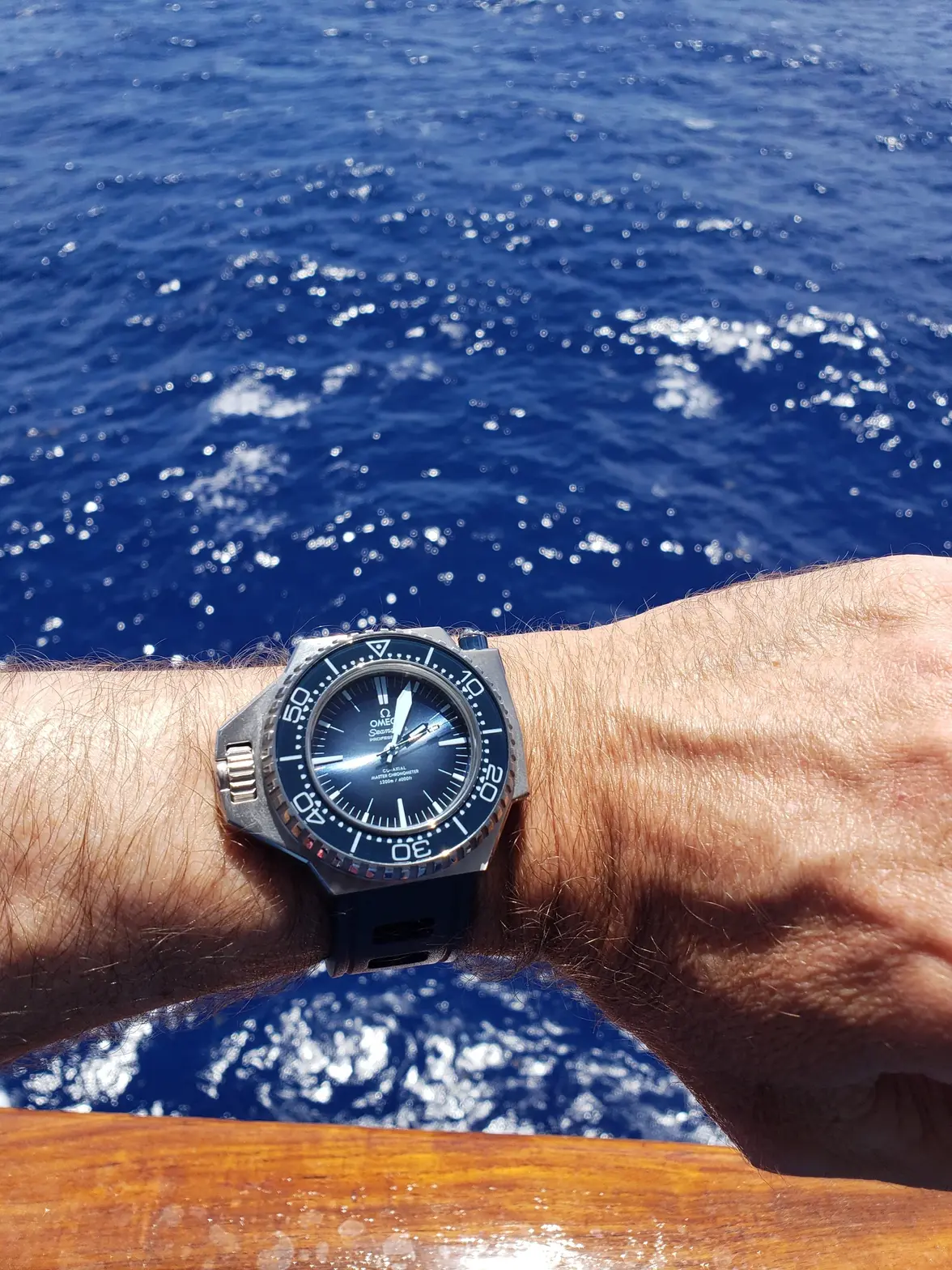502 to right
·I keep seeing people say modern Omega watches are too thick because the co-axial movements are too thick. I've done some internet searching and it would appear the 8500, 8800, and 8900 thickness are comparable to the Rolex 31XX movement--which no one considers "thick."
Is there any formal confirmation of the movement thickness? Any databases that include this information?
Is there any formal confirmation of the movement thickness? Any databases that include this information?
Edited:
